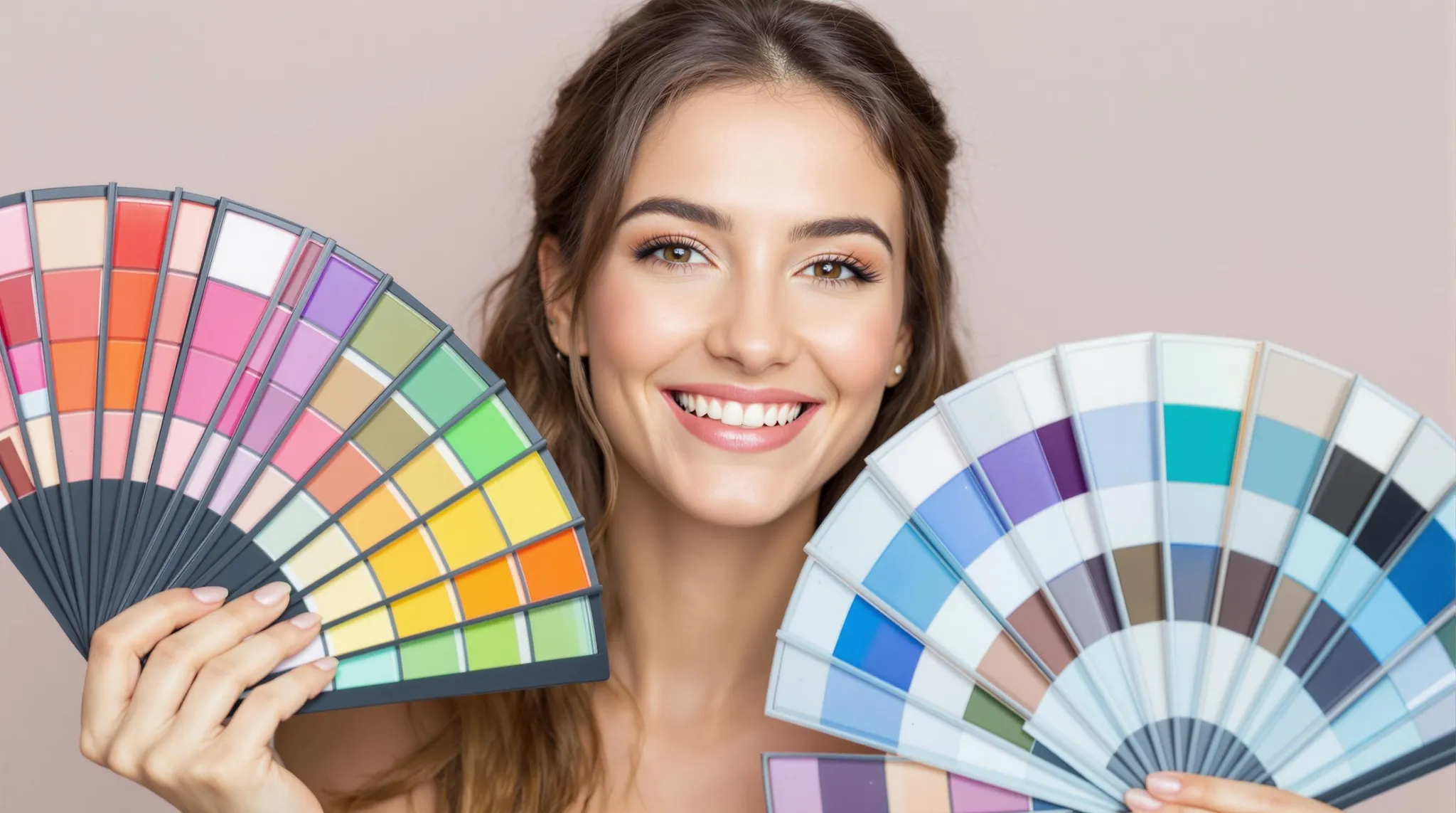
The Historical Foundation of Color Analysis
Color analysis has a well-documented history in the fashion and art worlds. The foundation of modern color analysis can be traced through several key developments:
Early Foundations
- Johannes Itten, a Bauhaus school teacher, developed theories about color and its relationship to individual appearance in the early 20th century
- Suzanne Caygill pioneered seasonal color analysis in the 1940s, linking human coloring to the patterns found in nature
- Carole Jackson popularized the 4-season color analysis system with her 1980 book "Color Me Beautiful"
Core Principles of Color Analysis
Both 12 and 16 season systems analyze three fundamental characteristics:
Hue (Undertone)
- Warm: Golden, peachy, or yellow undertones
- Cool: Pink, red, or blue undertones
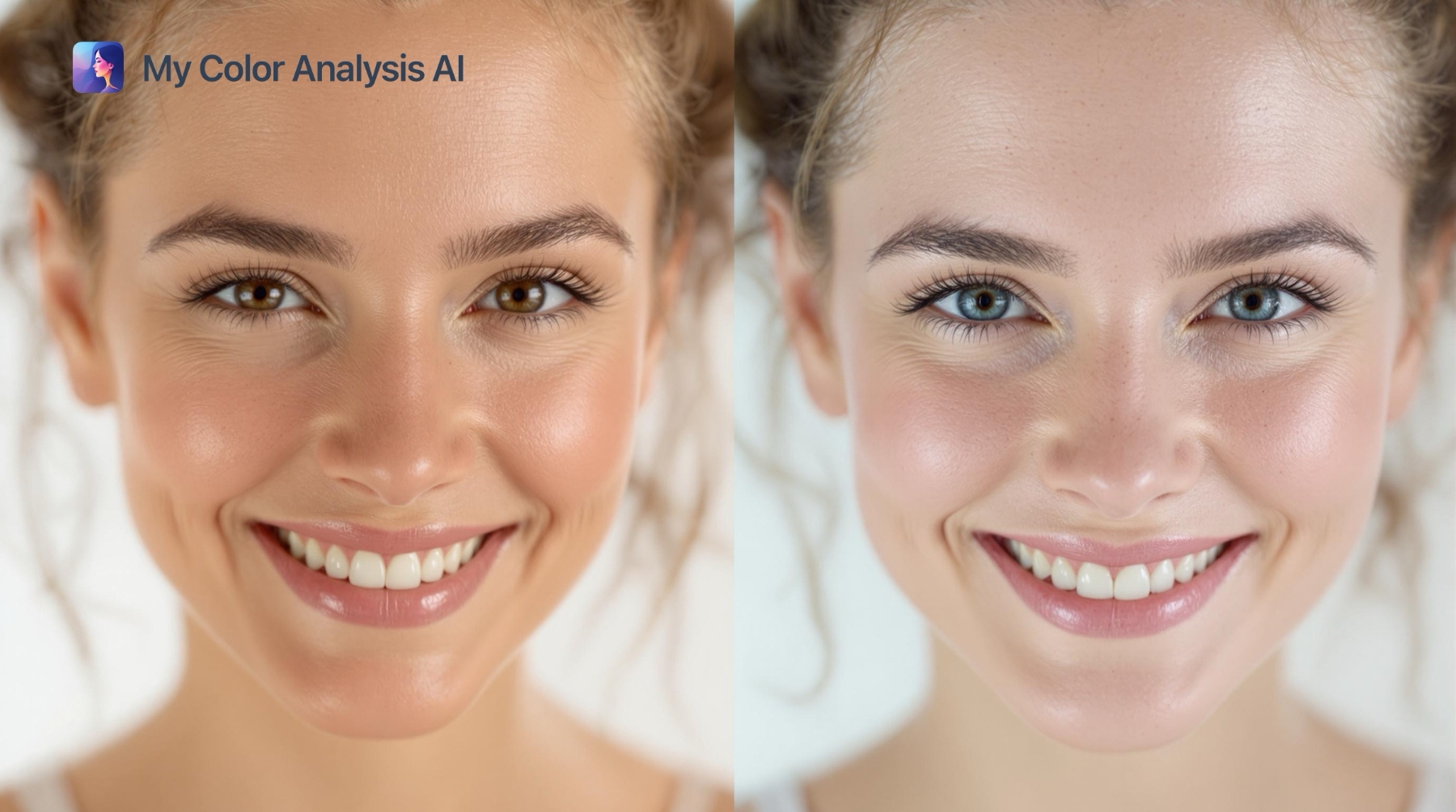
Value (Depth)
- Light: Pale or soft coloring
- Deep: Rich or dark coloring
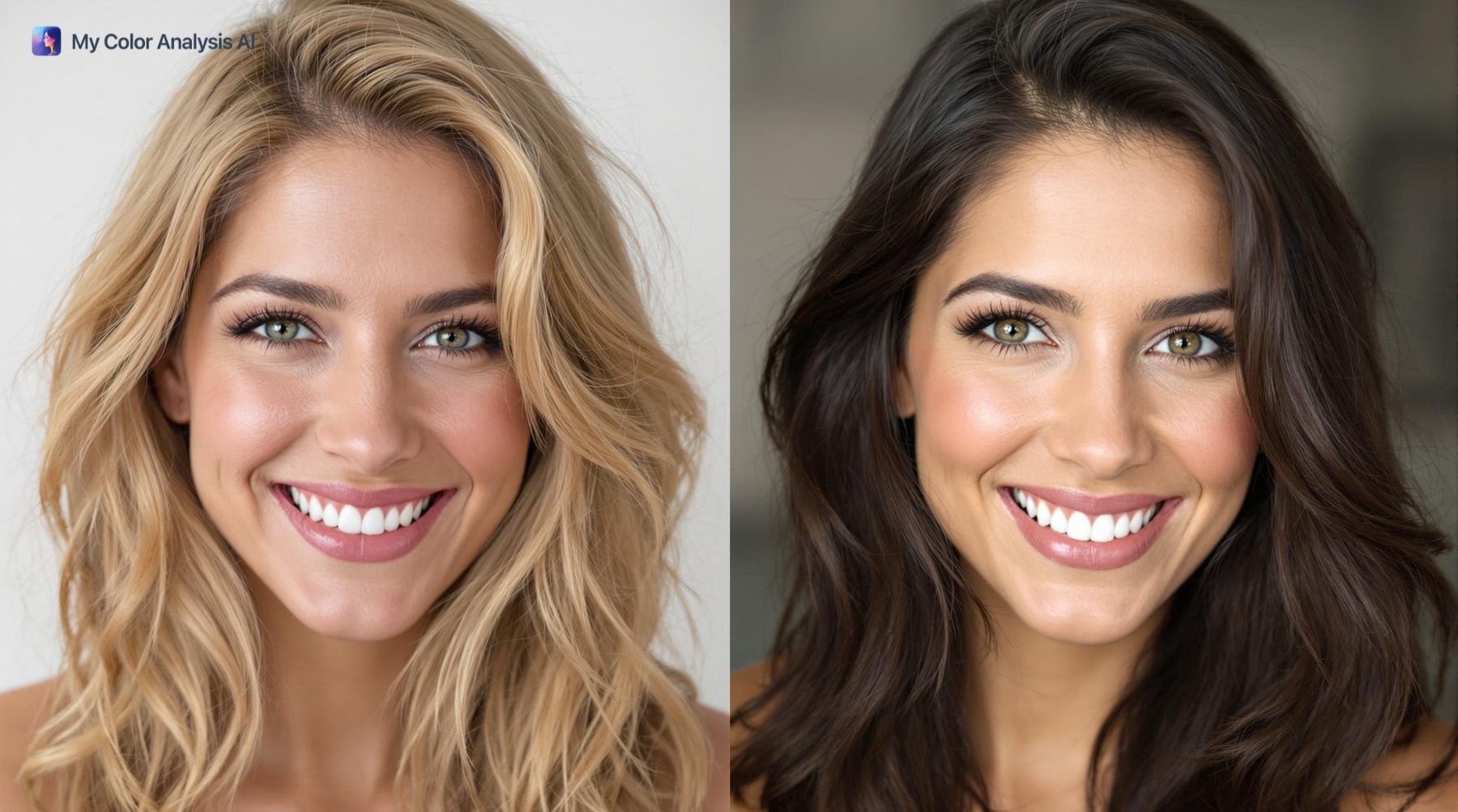
Chroma (Intensity)
- Clear: Bright, vivid coloring
- Soft: Muted, subtle coloring
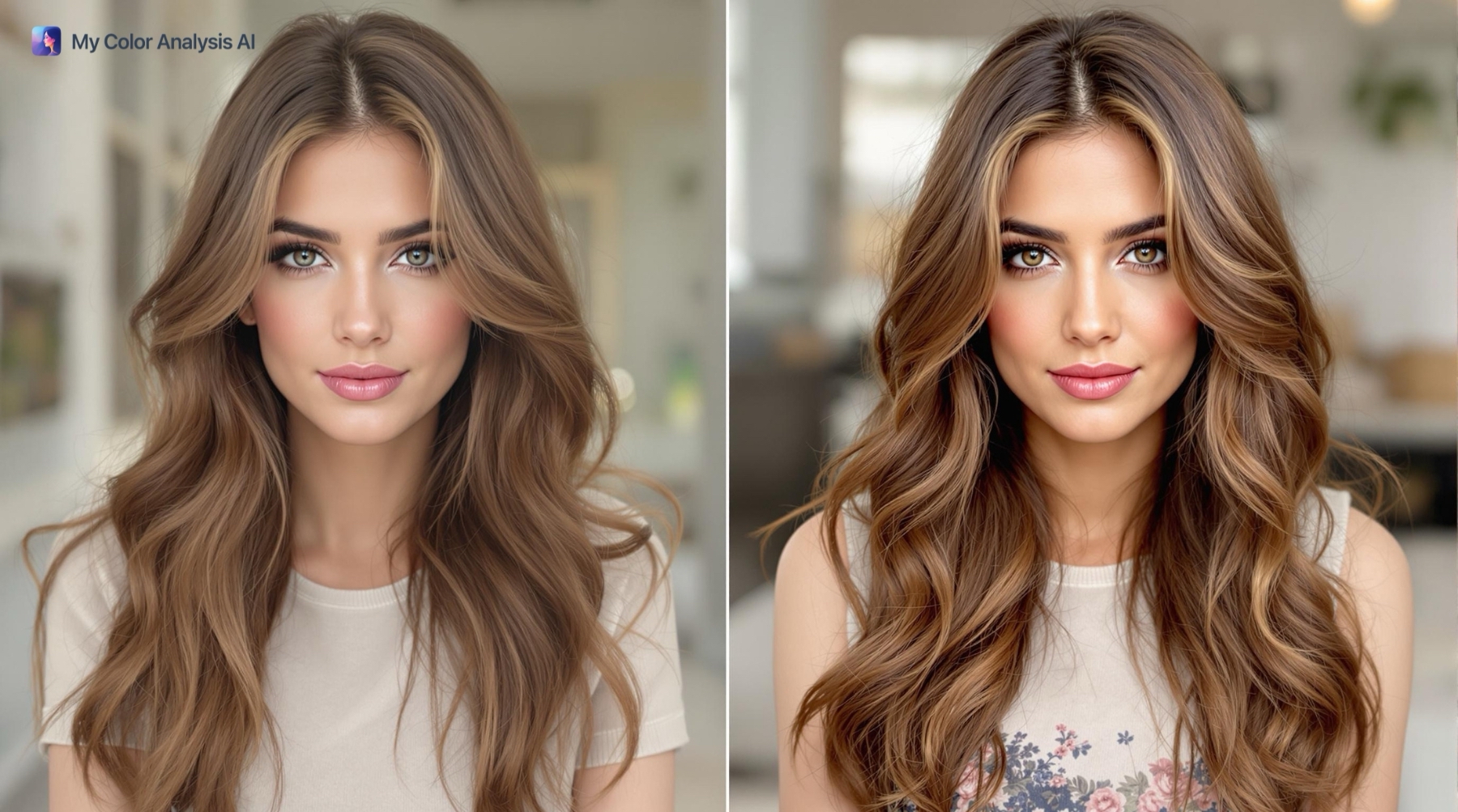
The 12-Season System
The 12-season system expands the basic four seasons by adding variations based on the three characteristics above. This creates:
Spring Variations
- Light Spring
- True Spring
- Bright Spring
Summer Variations
- Light Summer
- True Summer
- Soft Summer
Autumn Variations
- Soft Autumn
- True Autumn
- Deep Autumn
Winter Variations
- Bright Winter
- True Winter
- Deep Winter
The 16-Season System
The 16-season system further refines the categories by adding additional neutral variations. It includes:
Spring Types
- Bright Spring
- Light Spring
- True Spring
- Warm Spring
Summer Types
- Light Summer
- Cool Summer
- True Summer
- Soft Summer
Autumn Types
- Soft Autumn
- Warm Autumn
- True Autumn
- Deep Autumn Colors
Winter Types
- Deep Winter Colors
- Cool Winter
- True Winter
- Bright Winter
You can use our AI Color Analysis Tool to discover your season colors.
Key Differences Between the Systems
The main verified differences between the two systems are:
Categorization Approach
- 12-season system: Based on the three main characteristics with one dominant feature
- 16-season system: Allows for more subtle variations and neutral undertones
Analysis Method
- Both systems use visual analysis through fabric draping
- Both consider the effect of colors on skin tone, overall appearance, and facial features
Professional Color Analysis
A professional color analysis typically includes:
Natural Light Assessment
- Analysis is performed in natural light or full-spectrum lighting
- Client's face is free from makeup
- Hair is pulled back from face
Draping Process
- Fabric drapes in different colors are placed near the face
- Analysis of how each color affects:
- Skin tone
- Eye brightness
- Overall harmony
- Apparent skin texture
Practical Applications
Color analysis can be applied to:
- Wardrobe selection
- Makeup choices
- Hair color decisions
- Accessory selection
Resources
For more information about your personal seasonal color analysis, visit:
Conclusion
Both the 12 and 16 season color analysis systems are valid approaches to understanding personal coloring. The choice between them often depends on the analyst's training and the specific needs of the client. What matters most is finding colors that enhance your natural features and make you feel confident.

Article by
Natalie Bolonina
Graduated from the ESSEC Business School, Natalie is a marketing expert specializing in beauty tech.
Related Articles

True Summer Celebrities: A Complete Color Analysis
Discover famous True Summer celebrities and learn how to identify this seasonal color type. Explore how these stars showcase the beauty of cool, muted tones.
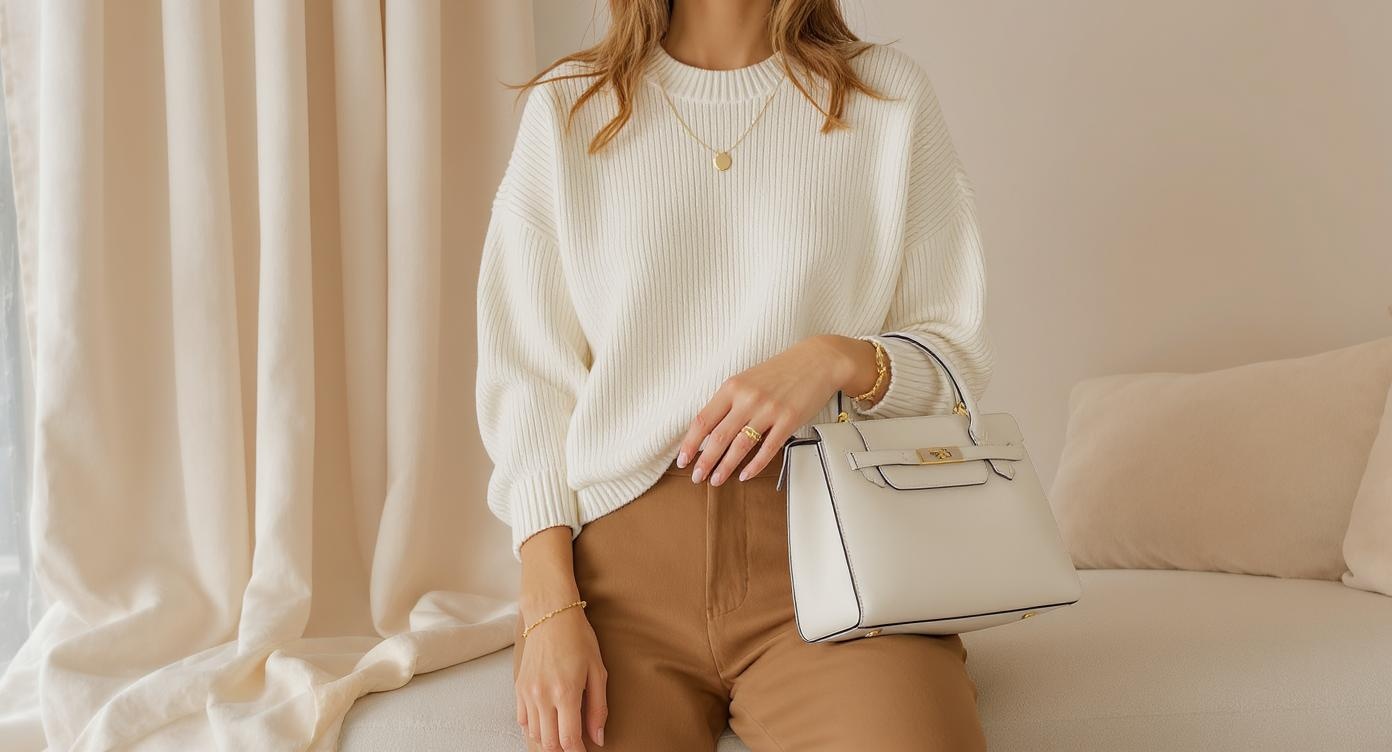
What Colors Go With Tan: 12 Chic Combinations That Always Work
Discover the best colors to pair with tan for effortlessly sophisticated outfits. From classic neutrals to bold contrasts, these expert-approved combinations will elevate your style instantly.
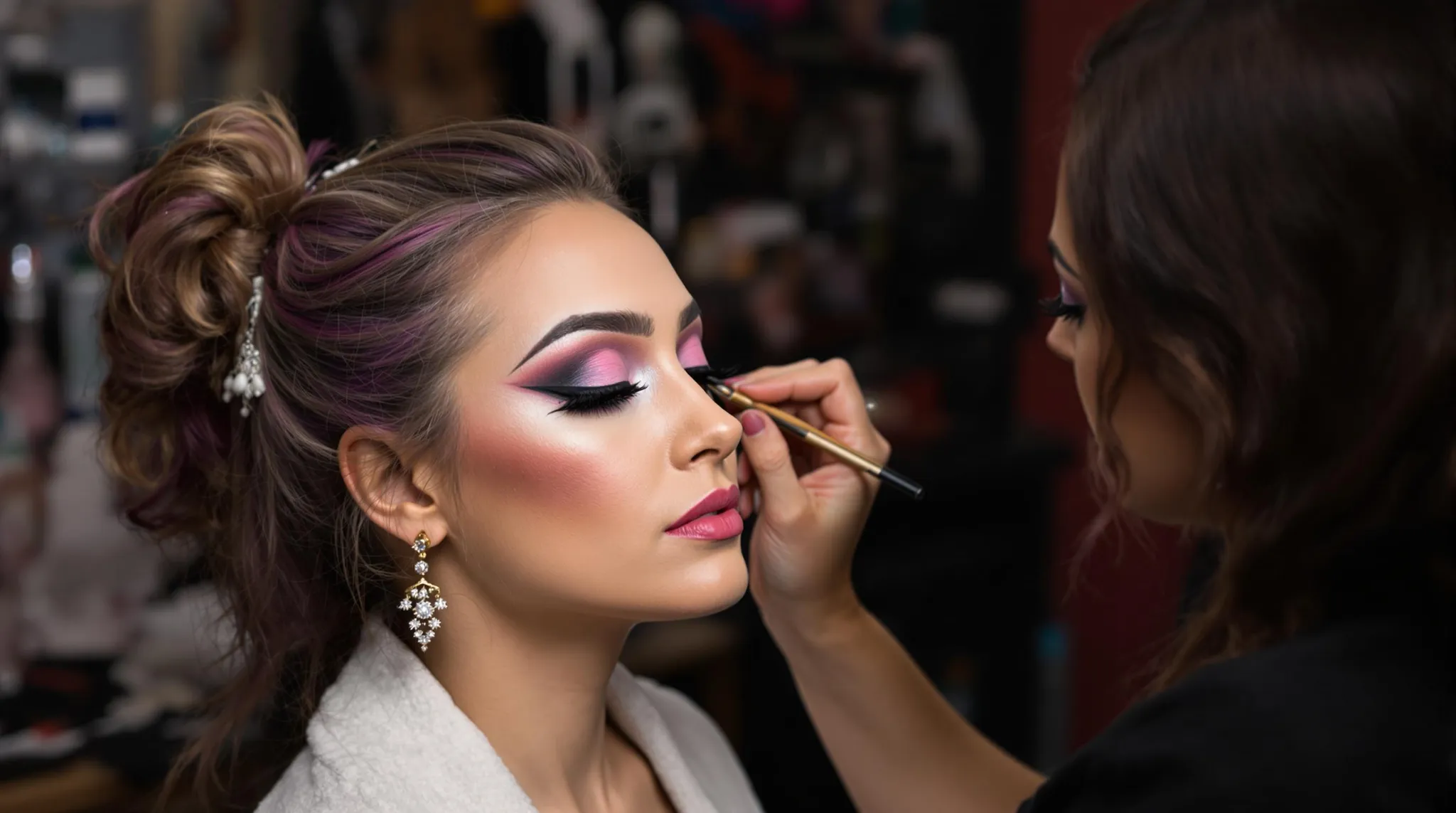
Types of Makeup: A Comprehensive Guide to Cosmetic Products and Styles
Dive into the diverse world of makeup, where products and styles merge to create endless possibilities for self-expression. Whether you're drawn to the subtle elegance of nude makeup, the dramatic allure of vintage glamour, or the dewy freshness of Korean beauty trends, this comprehensive guide will walk you through both essential cosmetic products and popular makeup styles.
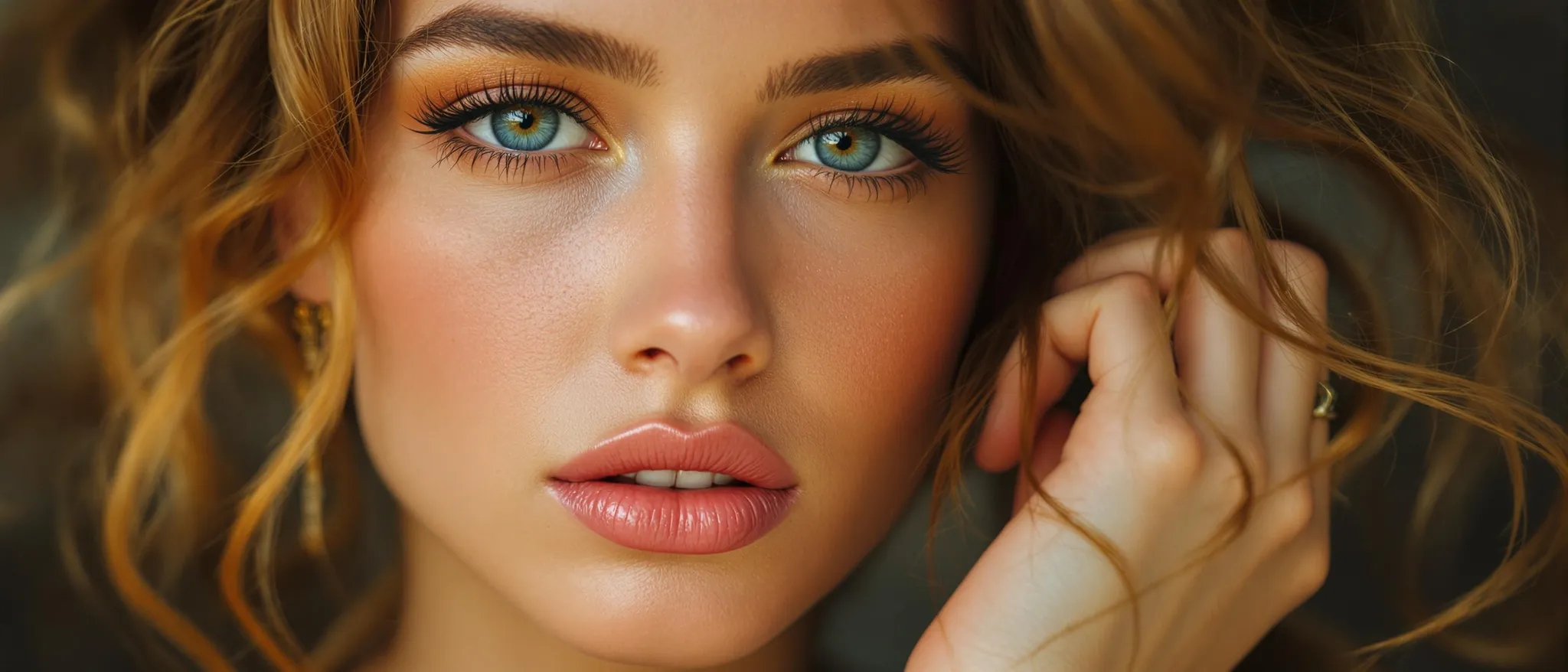
True Spring Color Palette: The Ultimate Guide to Warm, Clear Colors (2025)
Discover the vibrant world of True Spring colors. Learn how to identify your season, master color combinations, and create a wardrobe that enhances your warm, clear coloring with our comprehensive guide.
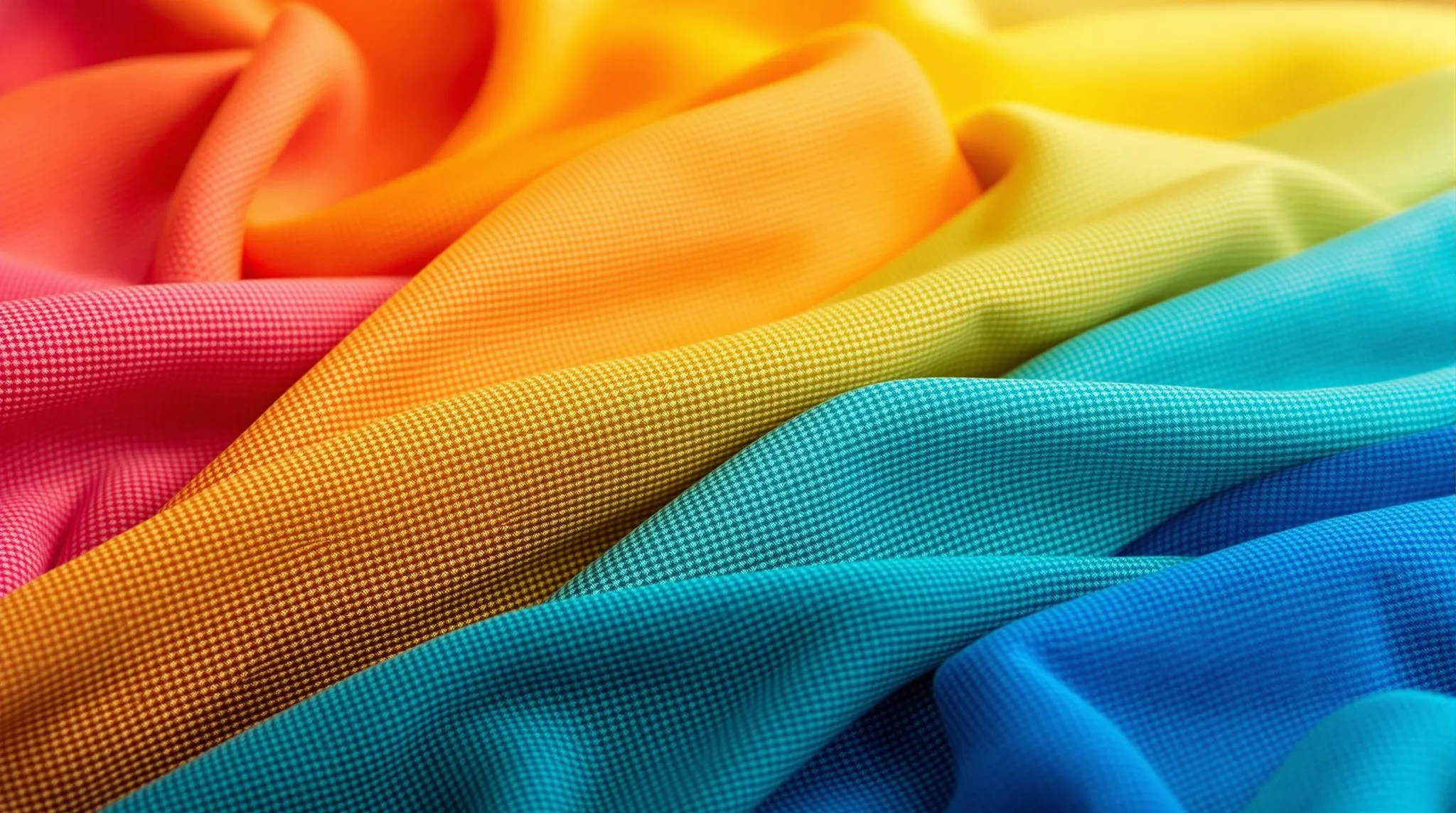
Color Analysis in 2025: The Ultimate Guide to Finding Your Perfect Palette
Discover how modern color analysis can transform your style, from AI-powered tools to traditional seasonal methods. Learn how to identify your perfect colors and enhance your personal brand.
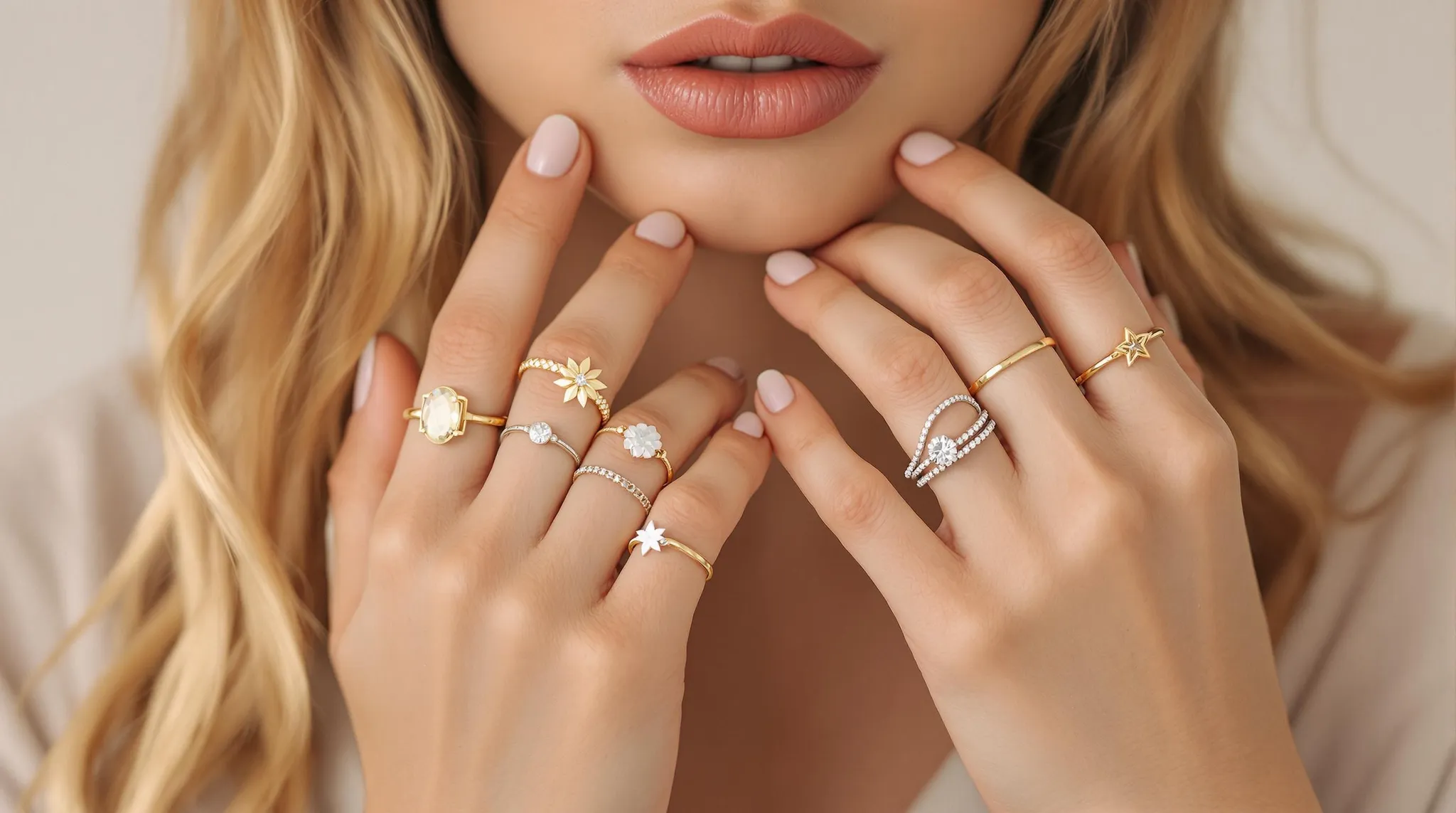
What Color Jewelry Should I Wear? A Complete Guide for 2025
Discover how to choose the perfect jewelry colors for your skin tone, style, and season. Learn about the latest trends in metal finishes and get expert tips for selecting flattering jewelry.